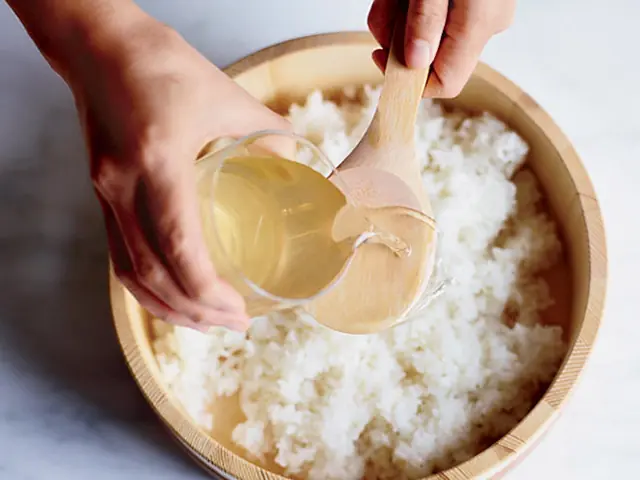
There are big and small buttons on the toilet, but 90% of people still don't know how to use them correctly.
The Importance of Using the Big and Small Buttons on Toilets: A Guide to Water Conservation
In today’s world, environmental sustainability is more important than ever. With the growing concerns over water shortages and environmental degradation, it has become crucial to adopt water-saving measures in our daily routines. One area where we can make a significant impact is in our water usage at home, particularly in the bathroom. Among the many innovations designed to help conserve water, the dual-flush toilet system stands out.
You may have noticed that many modern toilets come with two buttons: a big button and a small button. While the purpose of these buttons is clear to some, there is still a large percentage of people who don’t fully understand how they work and, as a result, don’t use them correctly. According to some surveys, 90% of people still don’t know how to use the big and small buttons properly, which means that we are losing the opportunity to conserve water every time we flush the toilet. In this article, we will explain why the dual-flush system is important, how to use these buttons correctly, and how this simple step can help us contribute to a more sustainable future.
The Dual-Flush Toilet System: A Step Towards Water Conservation
The dual-flush toilet system was designed with one goal in mind: to save water. According to the Environmental Protection Agency (EPA), toilets account for nearly 30% of household water use. The introduction of dual-flush toilets has provided a simple yet effective way to reduce water consumption in our homes without compromising on hygiene. The dual-flush mechanism allows users to choose between two different flush volumes: a half flush and a full flush. This simple feature helps save a substantial amount of water by offering a more efficient alternative to traditional single-flush toilets.
How the Dual-Flush System Works
Dual-flush toilets typically have two buttons, one larger than the other, each serving a specific purpose. The larger button is used for a full flush, which is intended for solid waste. The smaller button is for a half flush, designed for liquid waste. By giving users the option to choose the appropriate flush volume based on the type of waste, dual-flush toilets are more efficient in their use of water.
-
The Small Button: The smaller button is used for a half flush. It uses less water, typically around 3 liters (0.8 gallons), and is perfect for liquid waste, such as urine. Since liquid waste does not require as much water to clear the bowl, the half flush is an effective and eco-friendly option for everyday use.
-
The Large Button: The larger button, on the other hand, is used for a full flush. This flush uses more water, usually around 6 liters (1.6 gallons), to ensure that solid waste is properly removed from the toilet bowl. The larger flush is necessary for handling solid waste, but it still consumes less water than traditional single-flush toilets, which often use 9-13 liters (2.4-3.4 gallons) per flush.
Why Should We Use the Big and Small Buttons Correctly?
The main advantage of using the big and small buttons correctly is the conservation of water. By opting for the half flush when dealing with liquid waste, we can significantly reduce water consumption. Over time, this small adjustment can add up to a substantial amount of water saved. For example, if a household of four people uses the half flush just once a day, that’s about 4.8 liters of water saved per day. Over the course of a year, this could result in more than 1,750 liters (462 gallons) of water saved, simply by using the smaller button for liquid waste.
In addition to the environmental benefits, using the small button also helps reduce water bills. Water is a precious resource, and in many areas, it comes at a cost. By reducing water consumption in the bathroom, where a significant portion of household water is used, families can lower their utility bills. This is particularly important in areas facing water scarcity or where water prices are rising.
Moreover, the dual-flush system also helps reduce the strain on municipal water treatment facilities. By using less water for liquid waste, there is less demand on the local water supply and wastewater treatment plants, leading to a more sustainable infrastructure.
The Importance of Awareness and Education
Despite the numerous advantages of the dual-flush system, the fact remains that many people still aren’t aware of how to use the big and small buttons correctly. This lack of awareness can lead to inefficient water usage, which not only wastes water but also contributes to environmental degradation. In order to make a meaningful impact on water conservation, we must prioritize educating individuals about the correct usage of these buttons.
There are several ways to raise awareness and encourage people to use the dual-flush system properly:
-
Public Awareness Campaigns: Governments, environmental organizations, and water companies can run campaigns to educate people about the benefits of using the small button for liquid waste and the large button for solid waste. This could include posters in public restrooms, ads in media, and informational pamphlets distributed by utility companies.
-
Incorporating Education into Plumbing Installations: When installing dual-flush toilets, plumbers and contractors should take the time to explain the function of the two buttons to homeowners. Providing clear instructions and guidelines on how to use the buttons correctly can ensure that people are equipped with the knowledge they need to make the most of their toilets.
-
Incentives for Water Conservation: Local governments and utility companies can offer incentives for households that demonstrate effective water conservation practices. This could include discounts on water bills or rebates for installing water-efficient fixtures like dual-flush toilets.
-
Interactive and Engaging Content: Social media platforms, blogs, and YouTube channels could feature fun and engaging content that explains the importance of using the dual-flush toilet correctly. By showing how small changes in behavior can lead to significant savings, these platforms can influence people to adopt better habits.
Other Water-Saving Features to Consider
In addition to dual-flush toilets, there are several other water-saving features that homeowners can consider integrating into their bathrooms to further reduce water consumption.
-
Low-Flow Showerheads: Low-flow showerheads reduce water usage without compromising water pressure. These showerheads are designed to use less water, typically around 2.5 gallons per minute (GPM), compared to traditional showerheads that use 4-6 GPM.
-
Water-Efficient Faucets: Installing water-efficient faucets in the bathroom can significantly reduce water consumption. These faucets use aerators to control the flow of water, ensuring that less water is used while still maintaining adequate pressure.
-
Toilet Tank Displacement Devices: These devices can be placed inside the toilet tank to reduce the amount of water used with each flush. By creating additional space in the tank, these devices decrease the volume of water that is flushed, saving water without sacrificing performance.
-
Greywater Recycling: In some areas, homeowners can install systems to recycle greywater (water from sinks, showers, and laundry) for non-potable uses like irrigation or flushing toilets. This can help significantly reduce water usage in the home.
Conclusion: Small Changes for Big Impact
The dual-flush toilet system, with its two buttons for big and small flushes, offers a simple yet effective way to save water and reduce environmental impact. By understanding how to use the buttons correctly, we can all contribute to water conservation efforts, reduce our water bills, and help protect this precious resource for future generations.
While the importance of using the small and large buttons on toilets is not always widely recognized, raising awareness about their correct use can go a long way in making a meaningful difference. If every household made a small effort to use water more efficiently in their bathrooms, the cumulative impact on global water conservation would be substantial. With the right knowledge and tools, we can all take part in creating a more sustainable and water-conscious world.
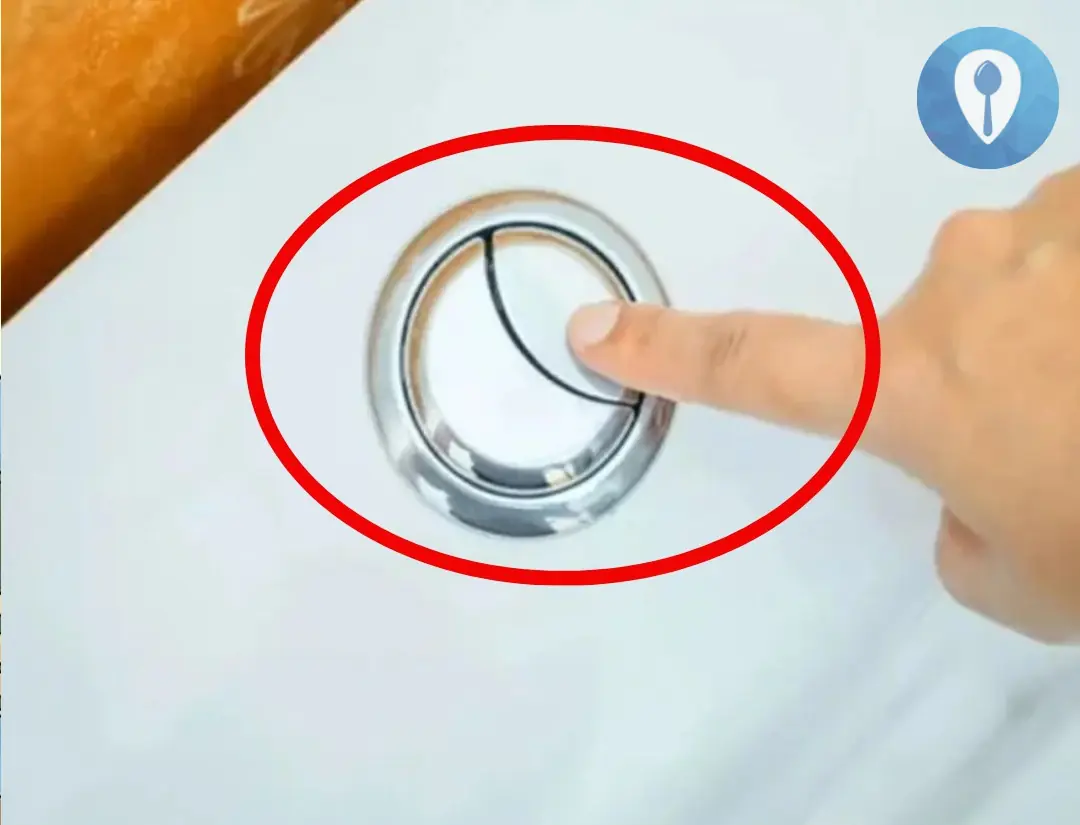
News in the same category

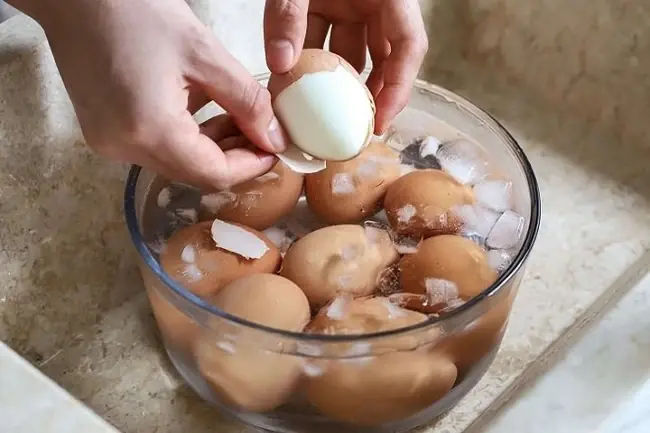
Cooking Eggs the Wrong Way Can Be Like "Poi.soning" Your Body – Mistake #2 Is Especially Common!

Don't Just Use Sugar and Fish Sauce for Marinated Grilled Meat — Add This Liquid for Tender, Flavor-Packed Pork You’ll Never Forget
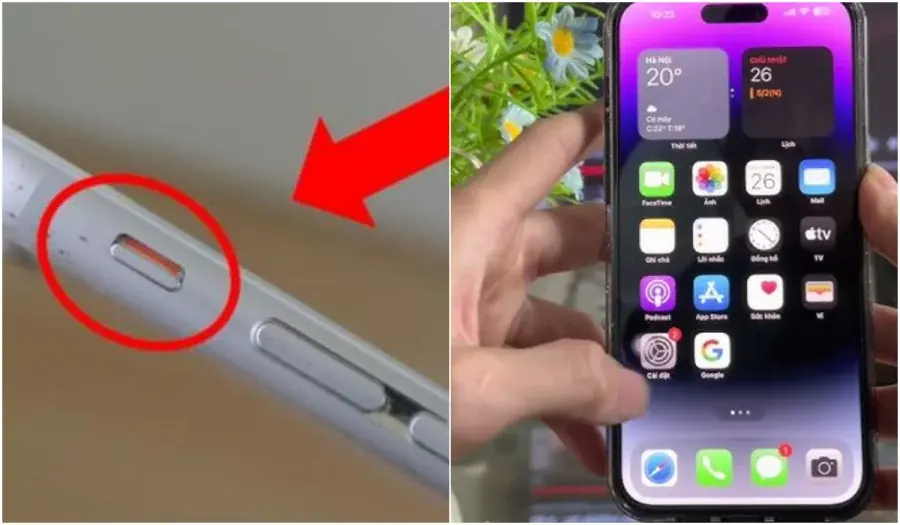
Your Phone's Volume Buttons Aren’t Just for Adjusting Sound: 5 Hidden Functions You Might Be Missing

Great tip every family needs
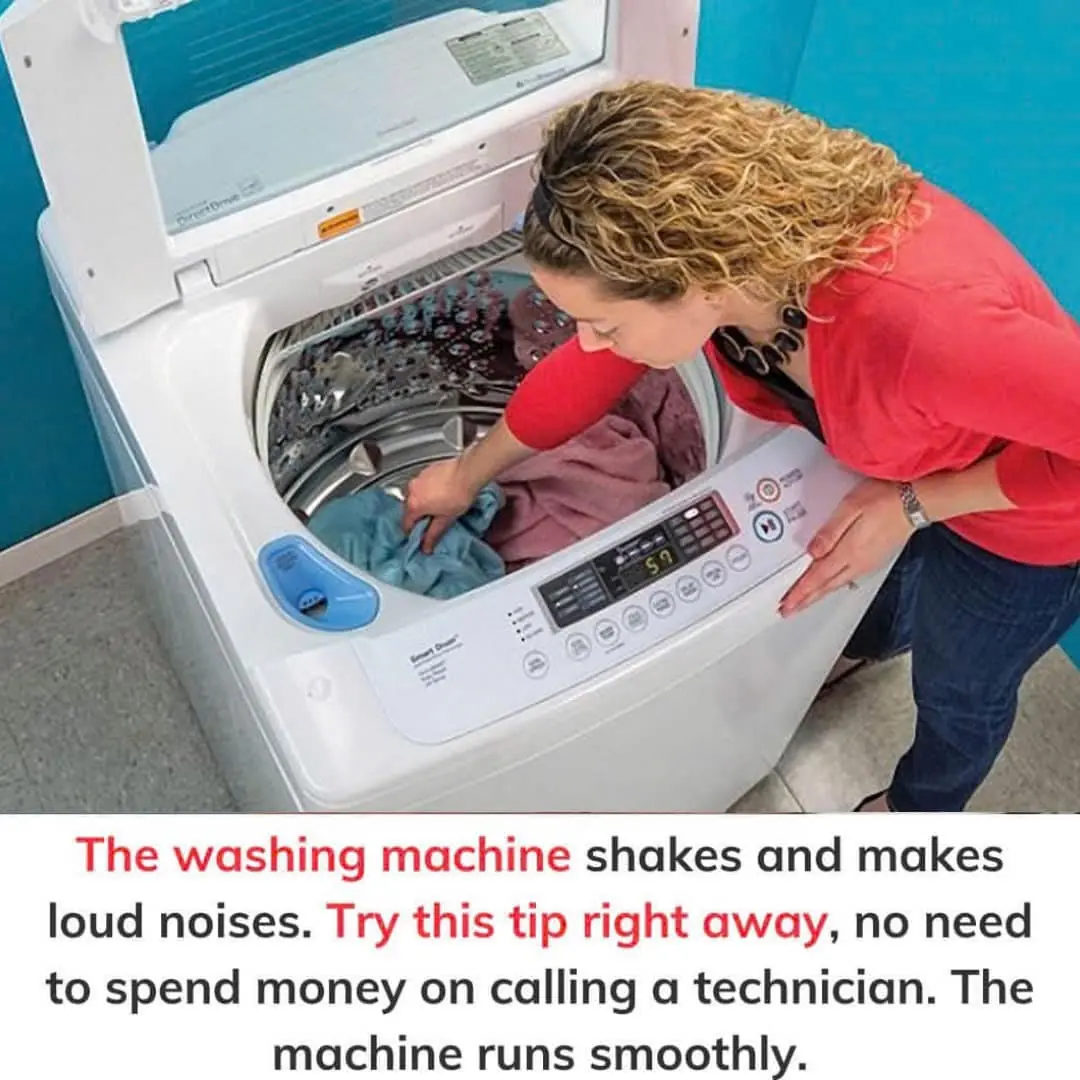
The washing machine shakes and makes loud noises. Try this tip right away, no need to spend money on calling a technician
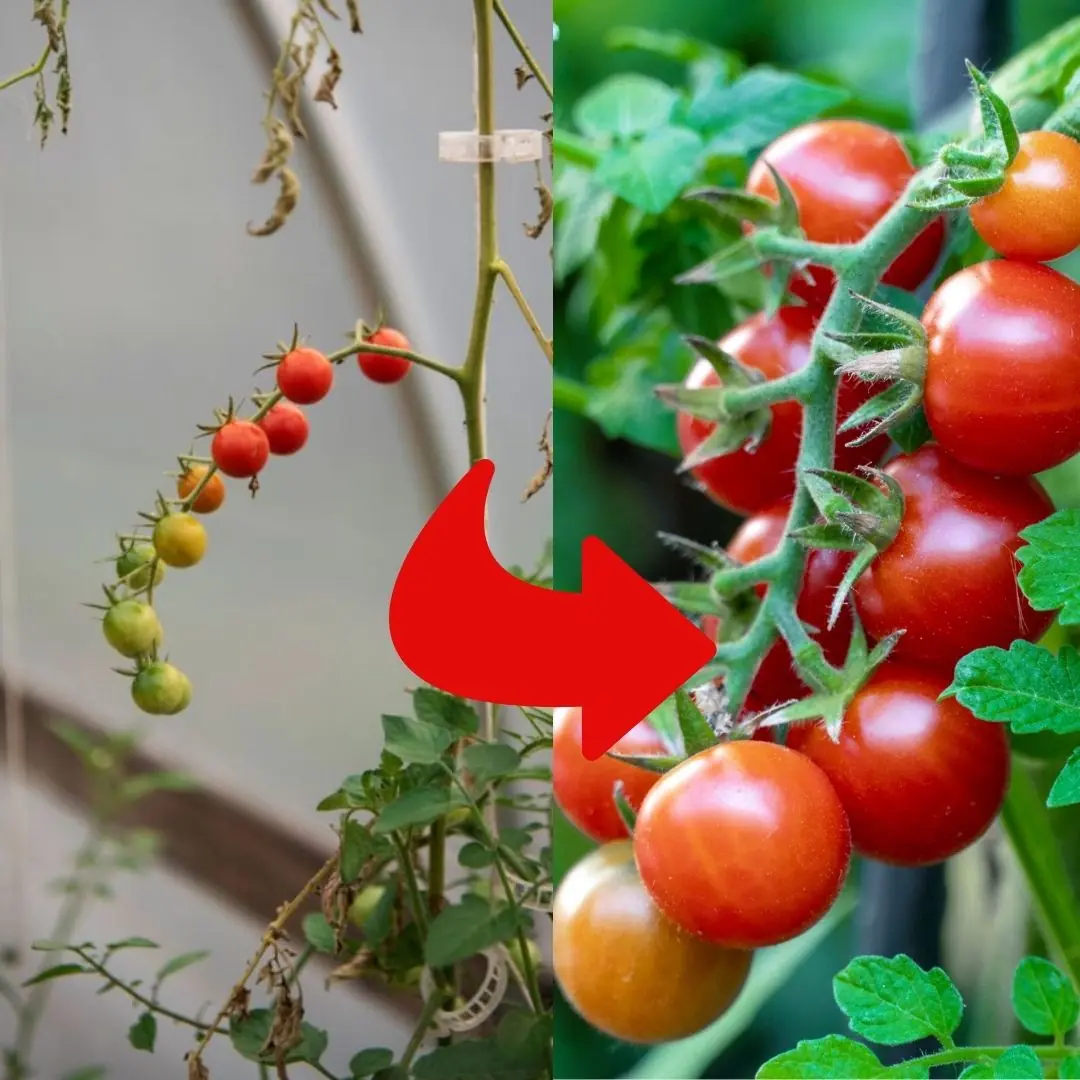
Tips For Planting Winter Tomatoes

Why should you throw a water bottle under the bed when checking into a motel or hotel?
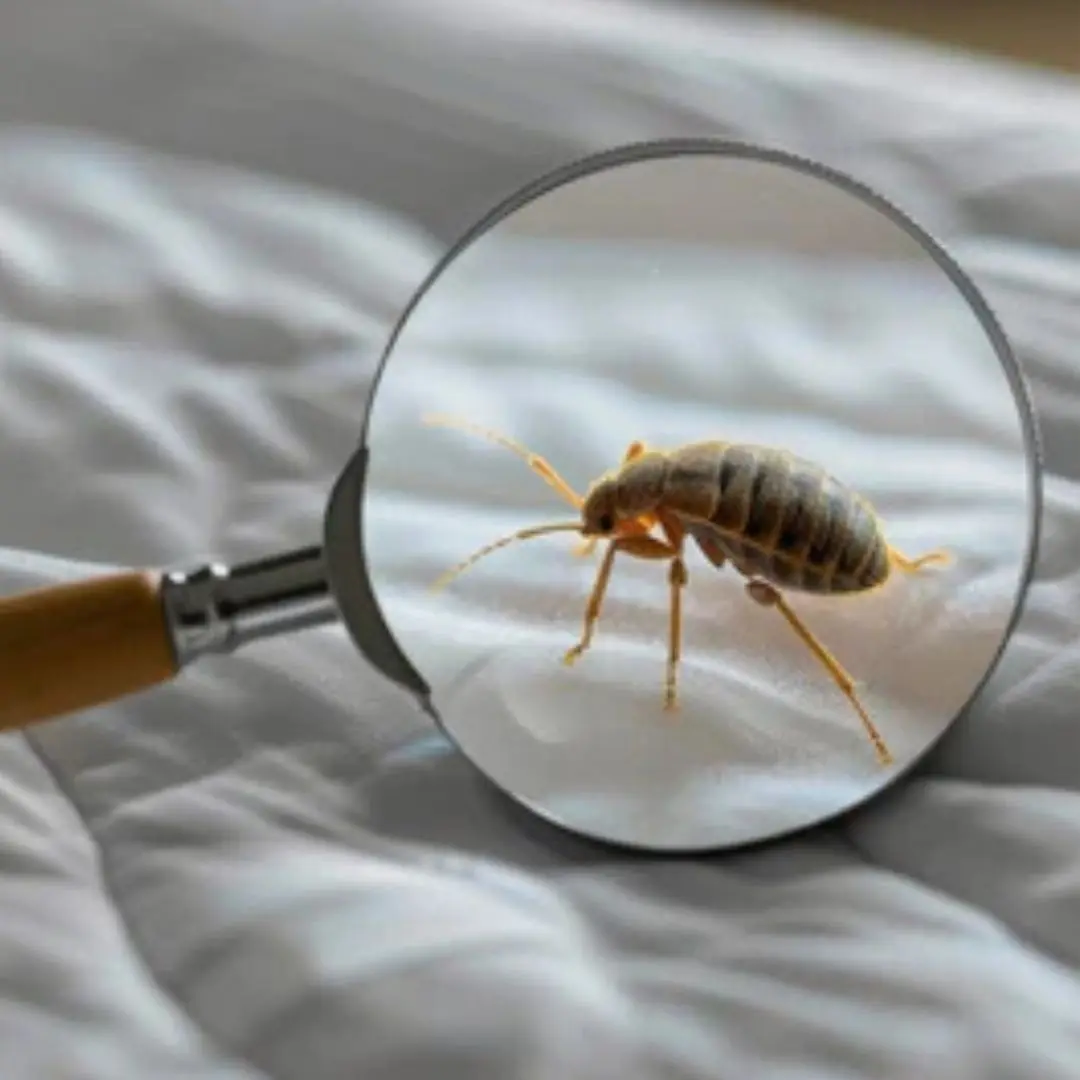
How to Get Rid of Bed Bugs in a Mattress
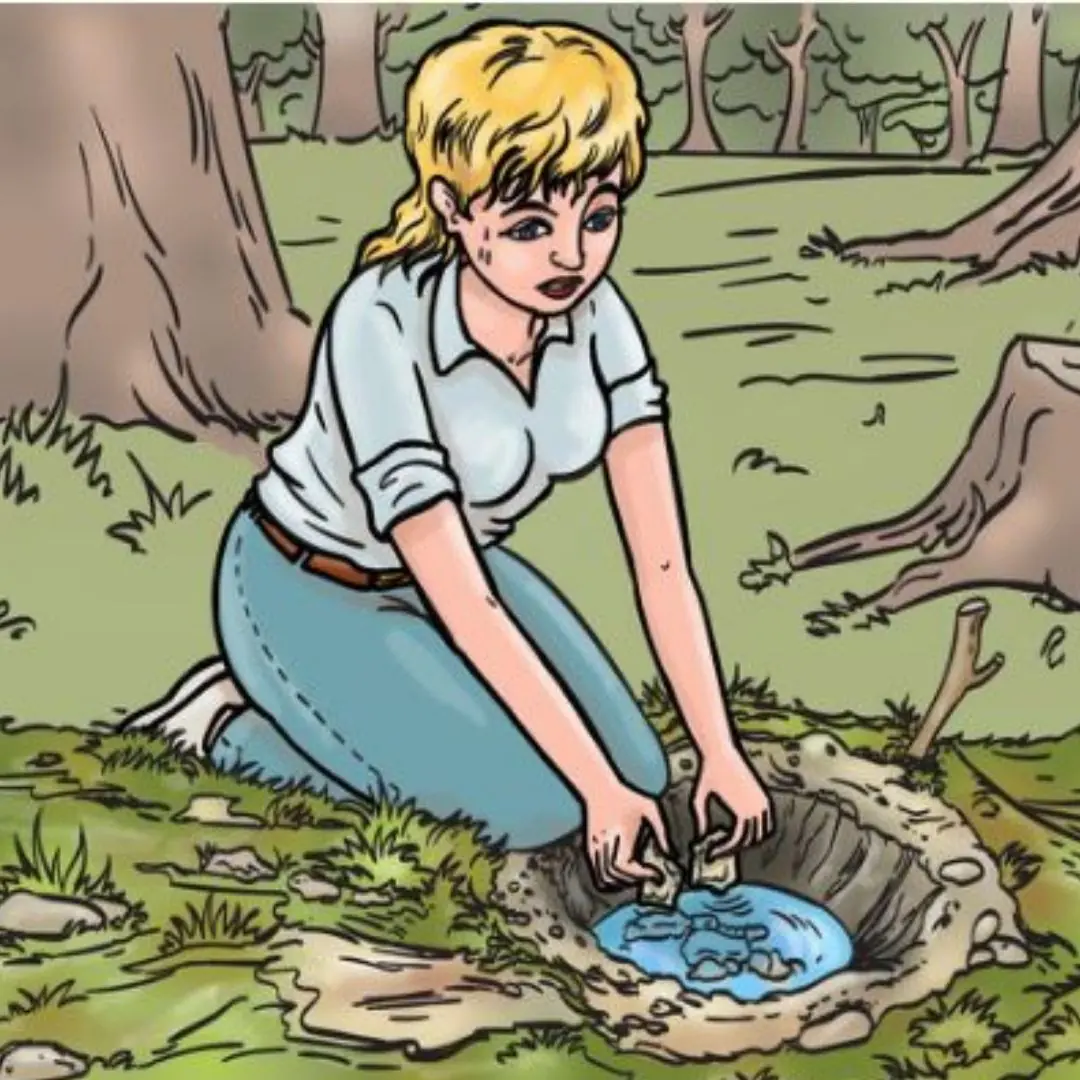
11 basic survival skills to help you escape risky situations
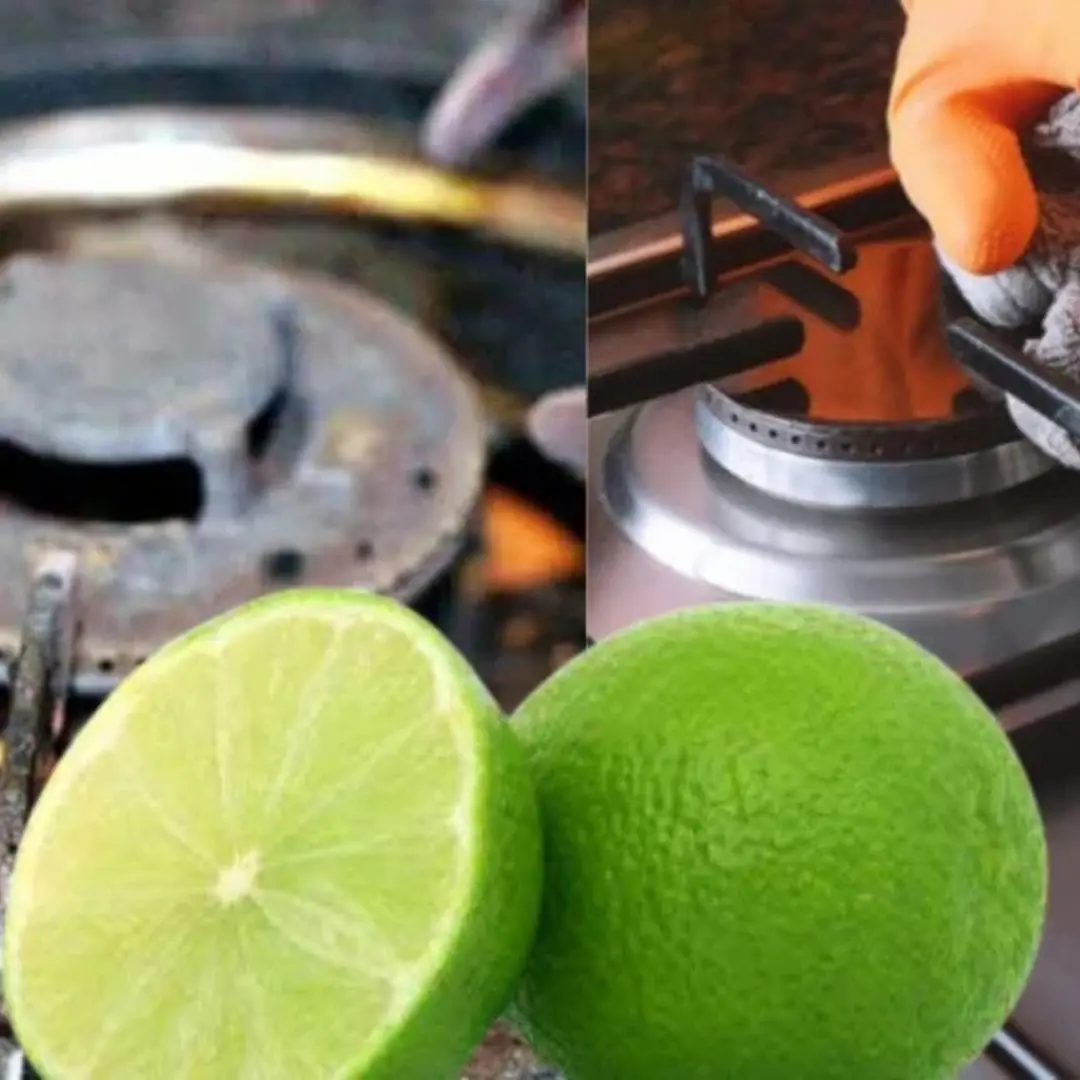
Rusty gas stoves and stubborn grease will last a long time. Apply these 5 tips to make them shiny

Extremely dirty dried red apples, don't just wash with water: Do this to clean the apples of all dirt and bacteria
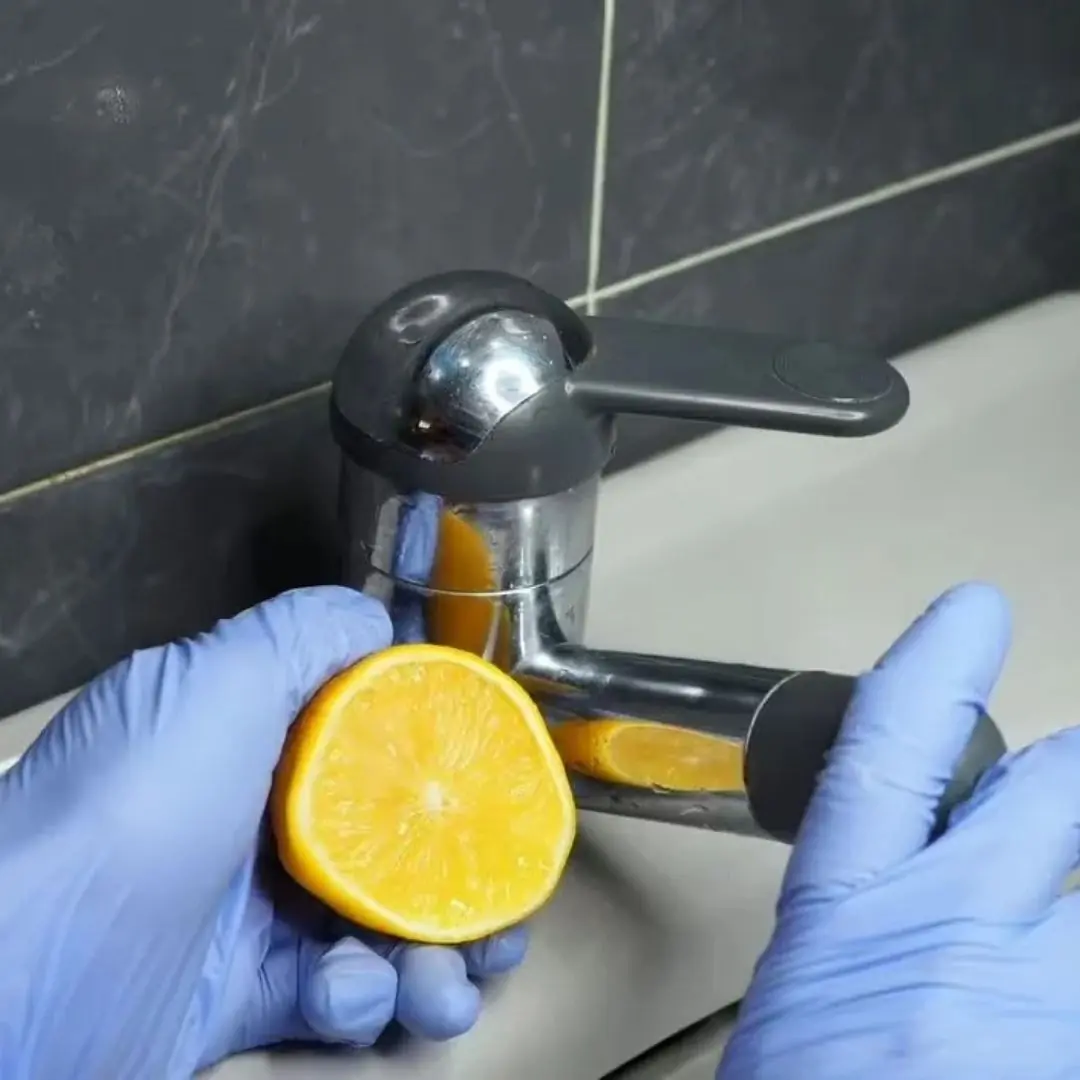
5 Ways to Clean Your Home with Lemon, from the Bathroom to the Baking Tray, Simple and Instantly Effective

Super speed to catch fire, the girl pointed out a wrong habit that many people wonder about: These are 3 dangerous signs!

“1 Add, 3 Avoid” When Cooking Pork Ribs – A Must-Remember Rule for Tender, Flavorful, and Odor-Free Results

How to Keep Ginger Fresh Without Refrigeration – No Sprouting, No Spoiling
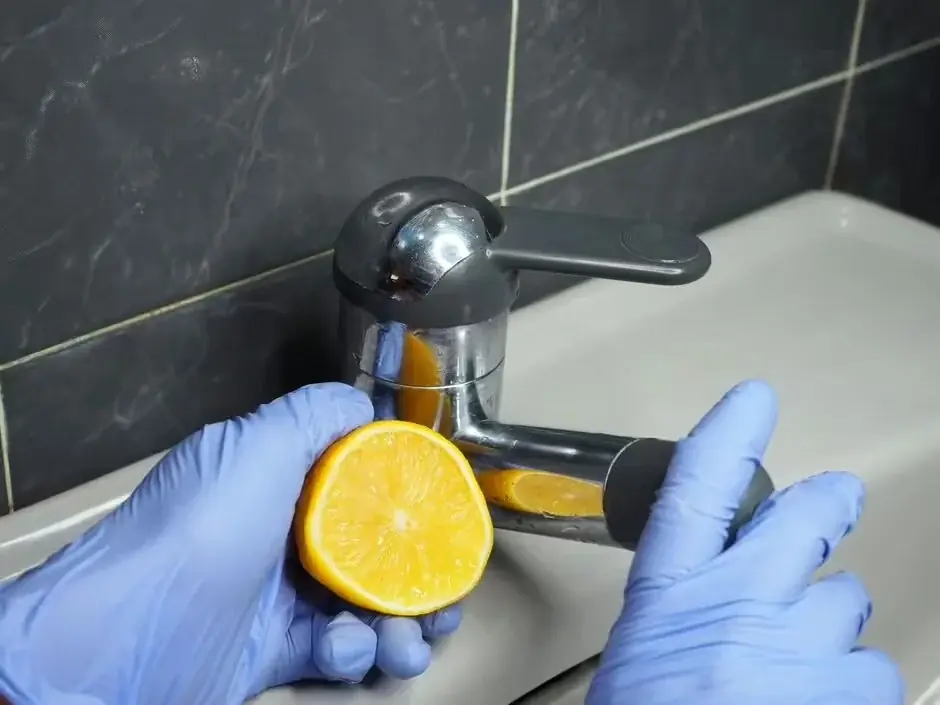
5 Instant and Effective Ways to Clean Your Home with Lemons – From the Bathroom to the Baking Tray
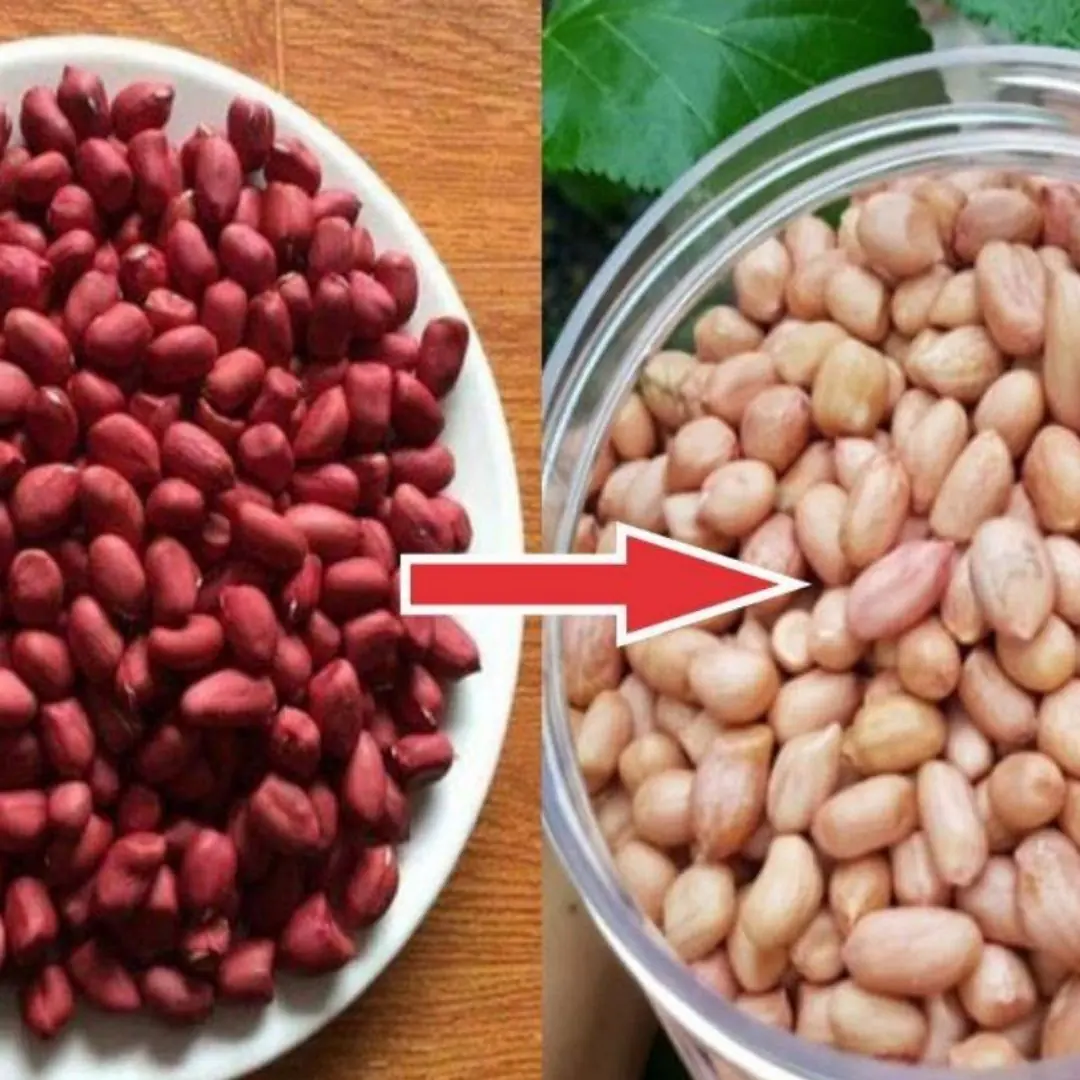
They are both peanuts but the red and white shells have big differences. After reading this, don't buy random peanuts again
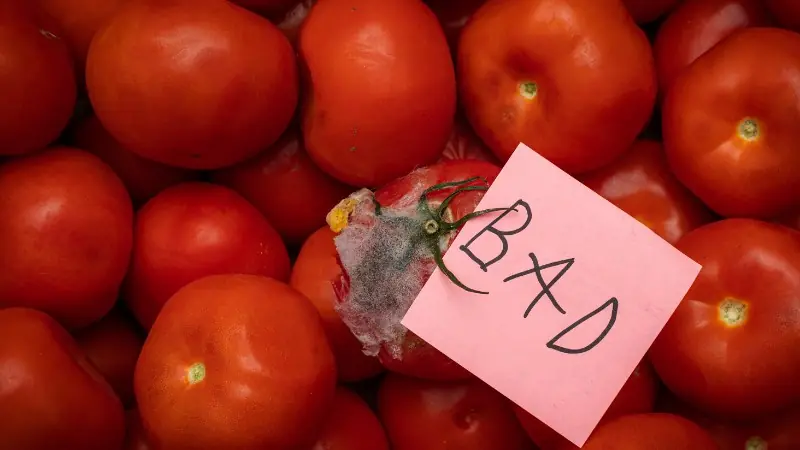
Don't rush to throw away rotten tomatoes, the rottener they are, the more "valuable" they are.
News Post

The Number of Squares You See Will Reveal Your Biggest Flaw?
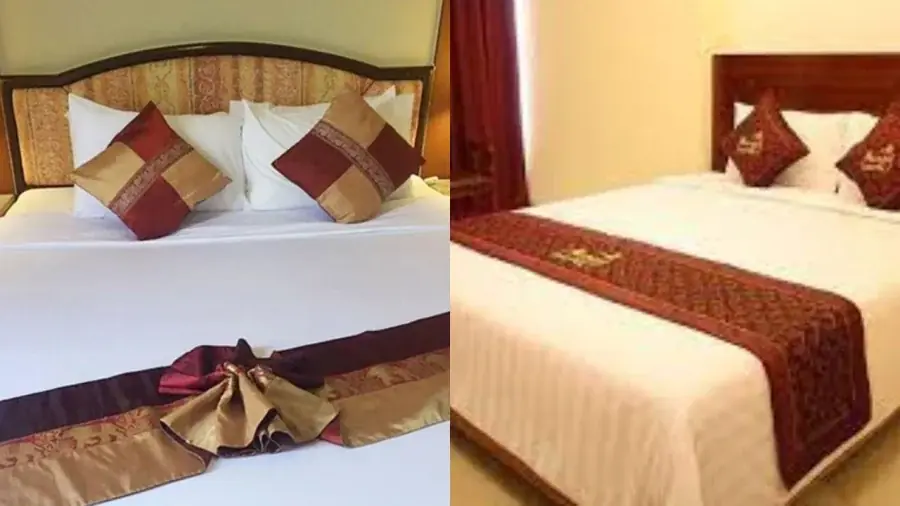
Why Do Hotels Always Provide Two Pillows Per Person? Turns Out, They're Not Being Excessive — We’ve Just Been Using Them Wrong
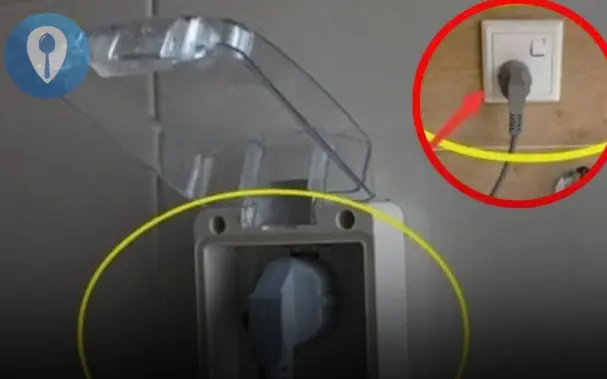
Be sure to unplug to reduce electricity bill

Add One of These 3 Ingredients to Your Rice Cooker – You’ll Never Want to Cook Rice the Old Way Again

Cooking Eggs the Wrong Way Can Be Like "Poi.soning" Your Body – Mistake #2 Is Especially Common!

Why Do Healthy People Suddenly Die After Being Diagnosed with Can.cer? Doctors Explain the Reasons
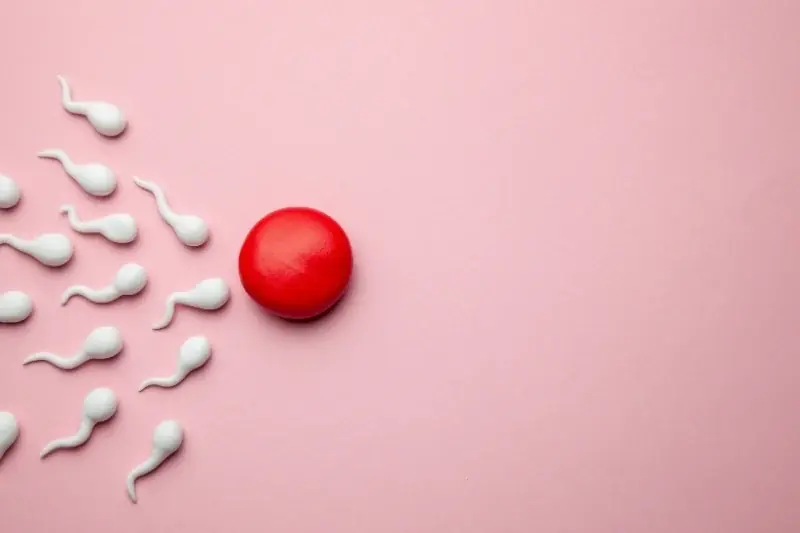
Do Birth Control pi.lls Cause Stro.ke in Women? Important Safety Reminders When Using Contraceptive pi.lls
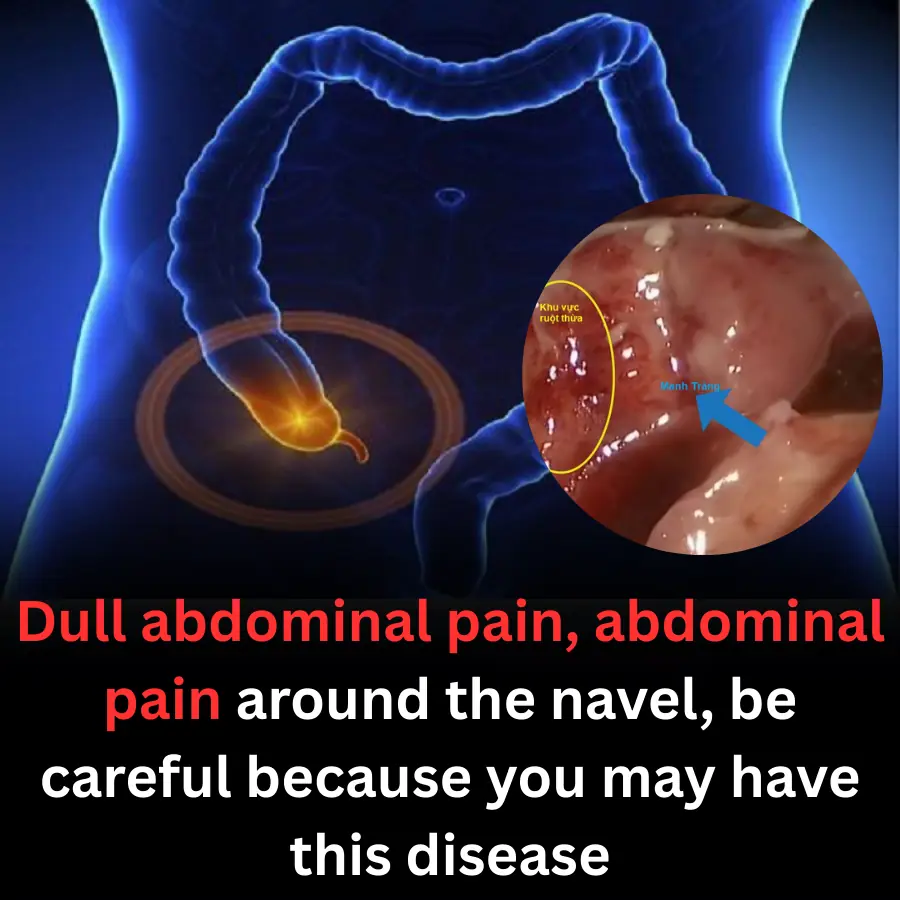
Dull abdominal pain, abdominal pain around the navel, be careful because you may have this disease
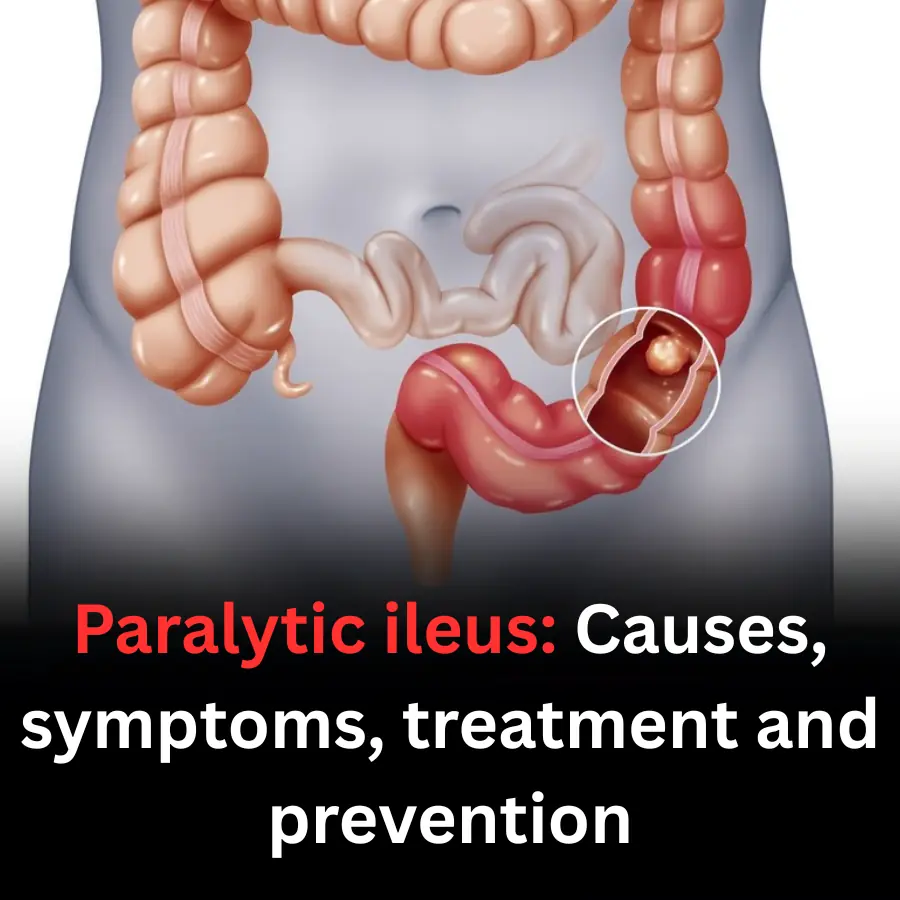
Paralytic ileus: Causes, symptoms, treatment and prevention

Don't Just Use Sugar and Fish Sauce for Marinated Grilled Meat — Add This Liquid for Tender, Flavor-Packed Pork You’ll Never Forget
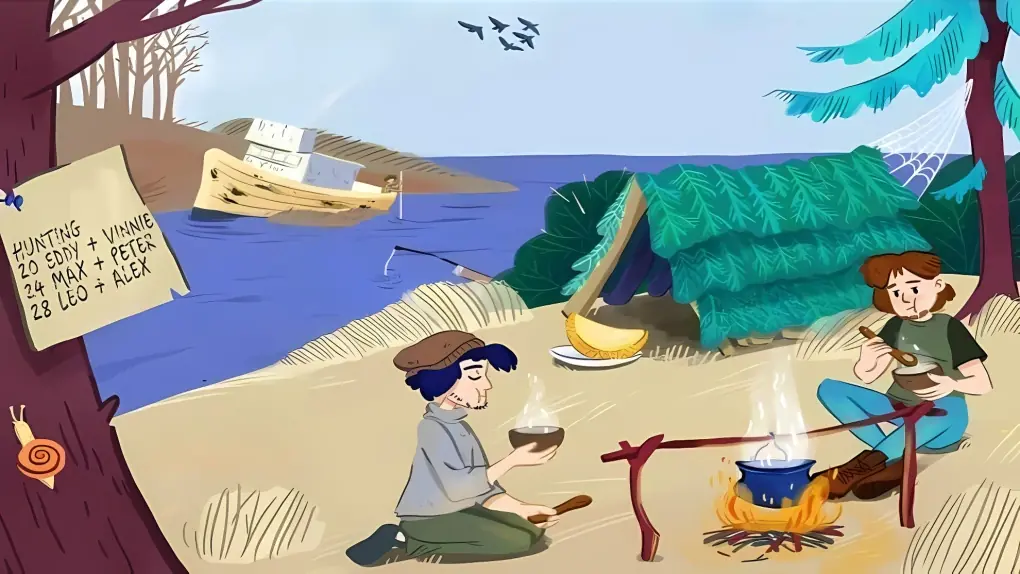
A Logic Puzzle That Stumped Many — Can You Solve It?

8 Early Warning Signs of Kid.ney Failure – Young People Should Also Stay Alert

Your Phone's Volume Buttons Aren’t Just for Adjusting Sound: 5 Hidden Functions You Might Be Missing

7 Persistent 'Minor Illnesses' That May Signal Can.cer – Don’t Ignore Them!

What happens to your bo.dy when you frequently stay up late?
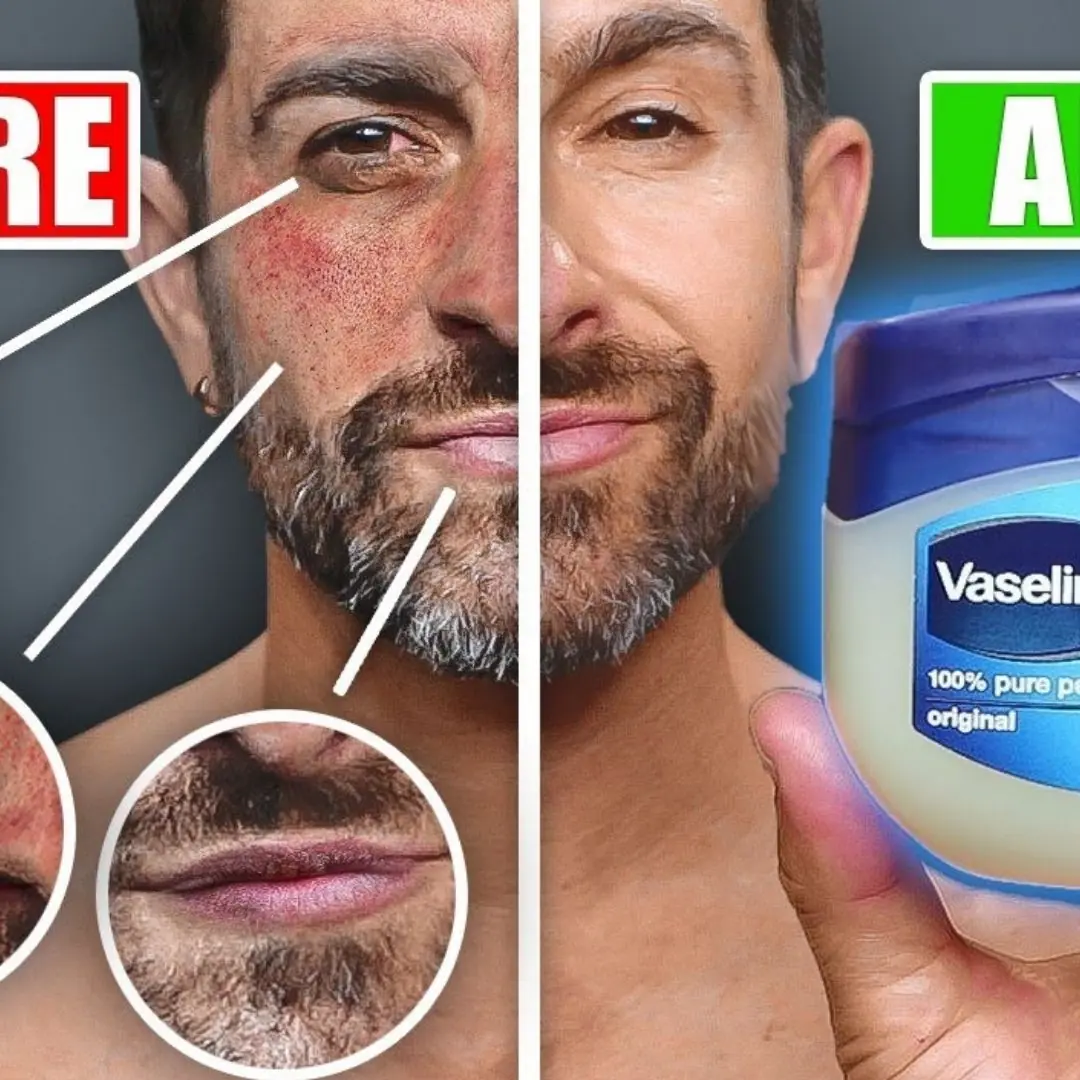
Here’s What Happens When You Use Vaseline as a Moisturizer

5 types of drinks that help lower blo.od sugar quickly

Great tip every family needs

Experts explain why sleeping in a car can be f.a.t.a.l
